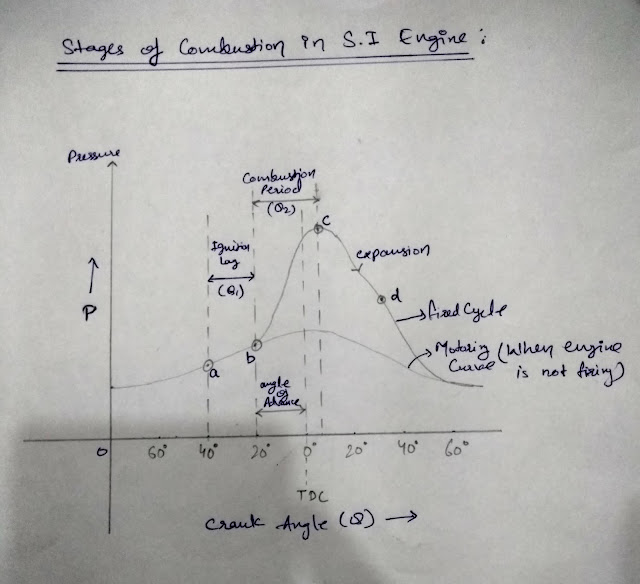Suspension System of an Automobile
Suspension System Suspension system is the basically the term given to the system of springs, shock absorbers and linkages that connects a vehicle to its wheels and supports the vehicle. This is done to isolate the vehicle body from road shocks that maybe in the form of bounce, pitch and roll and caused due to the bumps, potholes and other road irregularities.Whenever Tyre of the vehicle hits an obstruction on the road it experiences a reaction force and the suspension system tries to reduce this force. In short, all the parts and components that isolates the vehicle from road shocks are collectively known as suspension system. The main objective of the suspension system is as followed below: It supports the weight of the vehicle Provides a smoother ride for passengers Protects the vehicle from damage Keeps the wheels firmly pressed to the ground for better traction It isolates the vehicle from road shocks and vibrations Main Components of a suspension s
